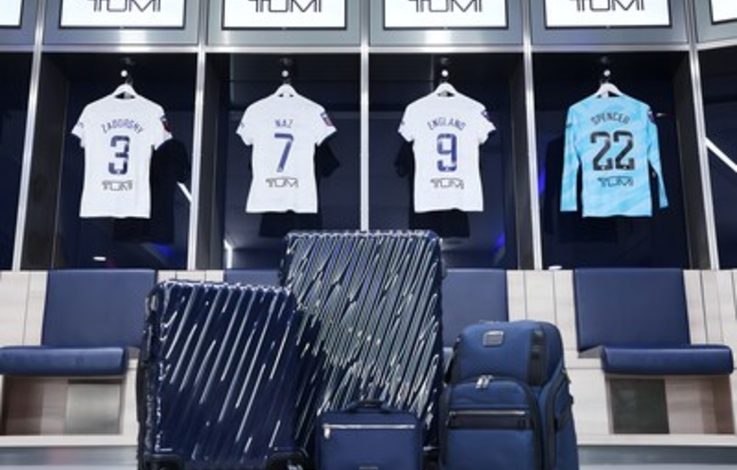Przewidywana wartość przekroczy milion euro: 25 października 2023 r. w Aukcji Mistrzów Dawnych odbędzie się oferta sprzedaży studium do Stanzy Watykańskiej, autorstwa Rafała, Mistrza Wysokiego Renesansu.
25 października 2023 roku w aukcji dzieł sztuki na Dorotheum będzie można zobaczyć odnalezione dzieło papierowe, które niedawno zostało zidentyfikowane jako rysunek wykonany przez Raffaello Sanzio, zwanego Raphael, centralnego artystę Wysokiego Renesansu.
Jeden z nielicznych znanych rysunków Raffaela z okresu późniejszego, przedstawiający koń i jego jeźdźca, jest szczególnie istotny ze względu na jego rolę w jednym z najambitniejszych projektów artystycznych XVI wieku: dekoracji apartamentów papieskich w Watykanie. Rysunek jest szkicem przygotowawczym do fragmentu fresku Bitwy pod Milvianem w Sali Konstantyna. Stanze, znane jako „Rafaelskie Pokoje”, są uważane za jedno z najważniejszych osiągnięć historii sztuki.
“Compositional and stylistic details confirm that this is a preparatory study by Raphael for the celebrated fresco”, Dorotheum’s Old Master specialist, Mark MacDonnell, says: “It has an energy, a verve, a movement, and a quality which make this sheet an outstanding rarity”.
The drawing provides a unique glimpse into the artist’s working process, and it is expected to fetch more than a million euros when it goes up for auction.
This particular piece, in red chalk, is one of only three surviving drawings for a fresco by Raphael himself, alongside two found in the Louvre and the Ashmolean Museum in Oxford.
It is a remarkable insight into the artist’s creative practice, and experts predict that it will command a price of over one million euros at auction.
The red chalk drawing by Raphael is a rare discovery, with only two other sketches of the same fresco located at the Louvre and the Ashmolean Museum in Oxford.
The piece offers a captivating view into the master’s craftsmanship, and is anticipated to sell for an amount well in excess of one million euros.
Po długoterminowej analizie techniki i kompozycji, te studium konia i jeźdźca zostało uznane za autorskie dzieło samego Rafała, choć dawniej przypisywane było Rubensowi i przechowywane w prywatnych kolekcjach.
Raphael nie miał okazji zobaczyć ukończenia fresku, bowiem zmarł w 1520 roku, a jego uczeń Giulio Romano przejął jego dzieło.
Więcej informacji można znaleźć pod adresem: https://www.dorotheum.com/en/p/dorotheum-presents-a-rediscovered-raphael-drawing/
Źródło informacji: pap-mediaroom.pl


